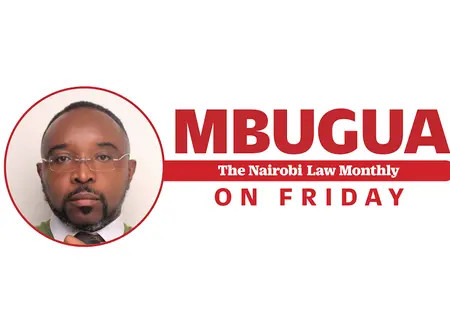Where are the 123,000 young learners who sat for the Grade Six national examinations three years ago and why are they not sitting Grade Nine exams this year?
This is the one question that should worry education officials as the country prepares to administer the next set of KPSEA and KJSEA examinations.
One of the serious problems that has dogged the education sector is failure by schools to keep proper records of their learner numbers on the one hand and the Executive’s failure to track the children who are either in school or have dropped out for one reason or the other.
It should not be forgotten that the provincial administration, particularly chiefs, assisted by Nyumba Kumi committees, were retained even after the 2010 Constitution so that they could be the eyes of the national government at the grassroots.
They, therefore, have a responsibility to help the government in compiling data on school enrolment. Were they performing this duty as they should, it would have been possible to map the areas most afflicted by the “disappearance” of the 123,000 learners who did the Kenya Primary School Education Assessment (KPSEA) but who are nowhere to be seen now that they have failed to register for the Kenya Junior School Education Assessment (KJSEA).
As a parent who took part in the registration of a KJSEA candidate and the selection of their pathways and schools, I would not have known just how difficult it is to get the learners enrolled into the digital system.
Even a private school with fast internet and qualified staff, there were serious difficulties in logging into the system, remaining connected and successfully completing the long and odious task.
How much more difficult was it for schools in rural areas, many of which lack stable internet and in which teachers are not very tech savvy?
In my view, technology challenges and low capacity of teachers to execute the complex registration process could partly explain why some learners have been left out. This would be a terrible oversight, and raises the question of how government should intervene, because it would be so wrong for exam time to come and candidates realise they were never enrolled in the first place. It is difficult to fathom a worse injustice.
One step that can — and ought — to be taken is to assist public schools that experienced challenges registering their candidates by extending the time they need to do so.
They second is set up a roaming team, or teams, with the technical capacity, including knowledge and mobile internet, to sign up those who may have been left behind. It would be unfair for affected learners to miss out on their exams because of a challenge that was beyond their control in the first place.
I suspect too that in the past, school administrators were overstating the number of learners in their schools. This happened before the Ministry of Education introduced the National Education Management Information System (NEMIS).
This is the digital system that migrated schools from manual to digital student registers. It also assigned a specific number for every student, which they were to all at all stages of their academic life to curb exam cheating.
Schools that routinely overstated their student numbers under the old system will, naturally, experience challenges with the new system because every purported child must be accounted for through a series of personalised questions, including uploading documents and images to assist with identification.
At the weekend, the Education Ministry, through the Basic Education Principal Secretary, Julius Bitok, claimed that 98 per cent of public schools have now complied with learner registration requirements.
However, it was curious that whereas 32,000 schools had been found to have complied, money for capitation had only been sent to 3,000 institutions, representing less than 10 per cent of the schools in good books.
Why this discrepancy yet the third term is well underway, and the capitation money was due last month? Is there something that the PS missed or failed to say? What criteria, for instance, was used to determine which schools would get allocations? What happens to the children whose schools have complied but to which no money has been released?
In the past, the ministry has consistently promised that money would be released before schools open so that they can meet their obligations. Now they are being told to wait until longer. Ss the PS’s promise bankable?
As we wait for this pledge to be fulfilled, it is still imperative that the ministry answers the question of where the missing candidates “disappeared” to.
It should also map the counties where this happened so that education stakeholders can answer the next question: Why did they “disappear” and what should be done to keep them in school for at least 12 years each?
If they are allowed to go under the radar, their capacity to face life in a digital future will be severely compromised.
mbugua@nairobilawmonthly.com

Leave a Reply